Does anyone else feel that it has been a long winter? It really is great to have the sun shining and to know that warmer days are ahead. It has me thinking about afternoons in the sun and relaxing under wide-brimmed hats with Aperol spritzes without a care in the world. All of this daydreaming got me thinking about how ubiquitous the wide-brimmed straw hat is today for women and wondering if it has always been that way. Of course, a blog post was to follow!
So, how did such a seemingly utilitarian accessory as a straw hat become so shabby chic? Well dear reader, let’s explore that together.
Straw hats in antiquity
I originally thought that my starting point for this post would be to pinpoint when women first began to wear straw hats. Well, much like what I discovered when preparing my post on the magic of the cape, I was a bit surprised to see that straw hats date back far beyond antiquity. In fact, also similar to what I read about the cape, I read that many consider it to be one of the longest standing styles of clothing that still exist today.
In the 1922 book Straw Hats: Their History and Manufacture, Harry Inwards writes:
“The origin of what is known as a “Straw Hat” is lost in the mists of antiquity.
Ambiguous references to what may have been hats of vegetable materials are to be found in the works of almost all ancient writers, but very little that is specific can be discovered. Perhaps one reason for the paucity of information on this subject may be that the homemade hats of plaitted straws or rushes were probably worn only by the common people. With society, as it existed in early days, if such were the case, the matter would be considered almost too vulgar for the classical writers to mention.”
Indeed, as for use in the Western world, straw hats are known to have been used by the ancient Romans and Greeks. Through time, field workers and laborers wore them, for practical use rather than for style. This is probably why they were not adapted for use by other groups. It was not until the 1700s that this form of headwear was worn by the middle and upper classes for fashion as much as function.
1700s: the straw hat becomes chic
The 1700s seem to have been a real turning point as far as having the functionality of the straw hat meet the ever-increasing desire for fashionable outdoor/summer clothing. In short, the chic wide-brimmed straw hat was born. One reason was that those with leisure time began to increasingly spend time outdoors.
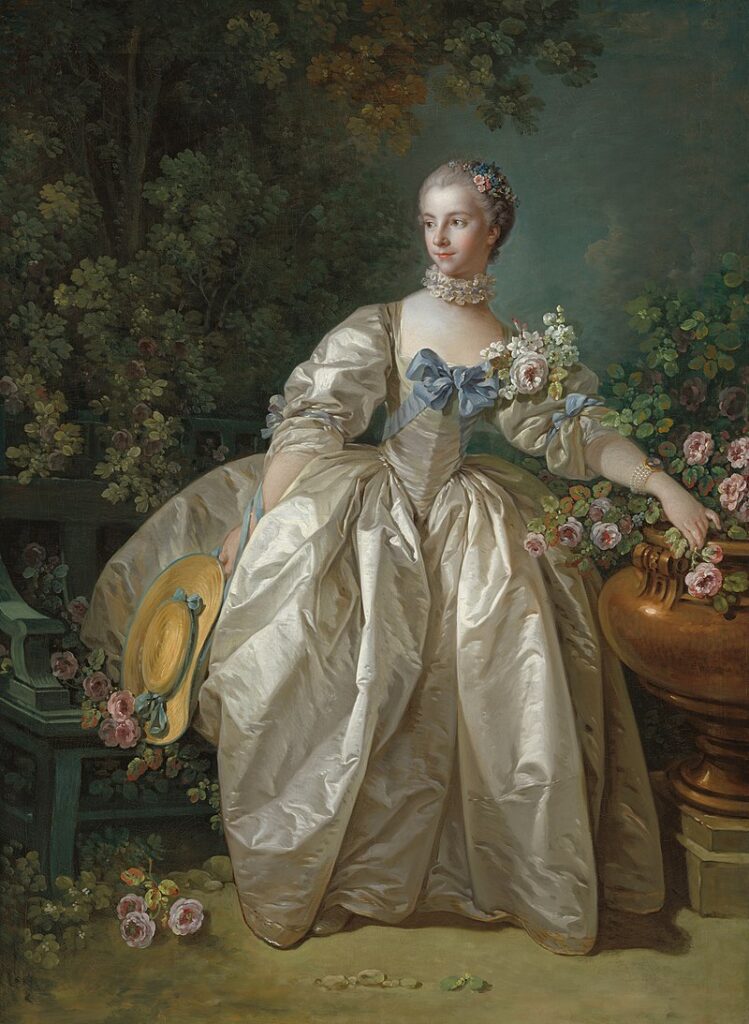
The first style of straw hat that became popular was the shepherdess hat, known as a bergère in France. This style will be recognizable to anyone who has seen French portraits from the time: a low crown, very wide brim, and simple trimmings. In researching for this post I discovered that similar to how the Merry Widow was named according to the famous woman who was seen wearing the enormous hat, the bergère may have been named for Madame Bergeret after she had her portrait done with one in her hand.
The shepherdess hat would enjoy a couple of decades of popularity in the 1740s and 1750s, but a great force would soon cause the size of a woman’s hat to plummet. The enormous French chignon was about to become a force to be reckoned with, and for the latter part of the 18th-century hats would become impossible to functionally fit on a woman’s head. While they were worn, they were primarily for decorative purposes.
1800s: bonnets prevail

After the era of adornment hats and the elaborate fashions that defined the late 1700s, women found themselves leaning toward comfortable fashions and comfortable passions. As I explored in my post on the emergence of Regency dress, clothing was designed to allow for freedom of movement as well as to herald in a new way of expressing oneself after the French Revolution.
Rather than reverting back to the wide-brimmed bergère, however, the trend quickly became the poke bonnet, also often made with straw. I think that the reason for this is clear: society women simply wanted to avoid elaborate styles, and large headwear was seen as being reminiscent of the previous bourgeois.
So, even though a Regency bonnet clearly doesn’t count as a straw hat, I think that they deserve an honorable mention of sorts, as they were made of straw, meant to shield the face from the sun, and because I think they are adorable. Plus, they would pave the way for straw hats to come back big time a few decades later.
Early 1900s: Straw hats come back in a BIG way
After throttling back with clothing for a few years, Victorian women were ready to make themselves seen again. This, combined with a rapidly increasing love out the outdoors made way for the straw hat to re-enter the scene. Straw hats were seen as appropriate for the beach weekend, the afternoon picnic, and other outdoor socializing. As the Edwardian era approached, bigger was seen as better when it came to women’s hats, and we began to see a trend for boat-sized straw hats that we recognize today.
This trend would last until roughly the beginning of World War II. Although we do see occasional examples of women wearing large hats during the 1920s, the war brought with it a dislike for elaborate fashions and we see large straw hats especially take a hiatus.
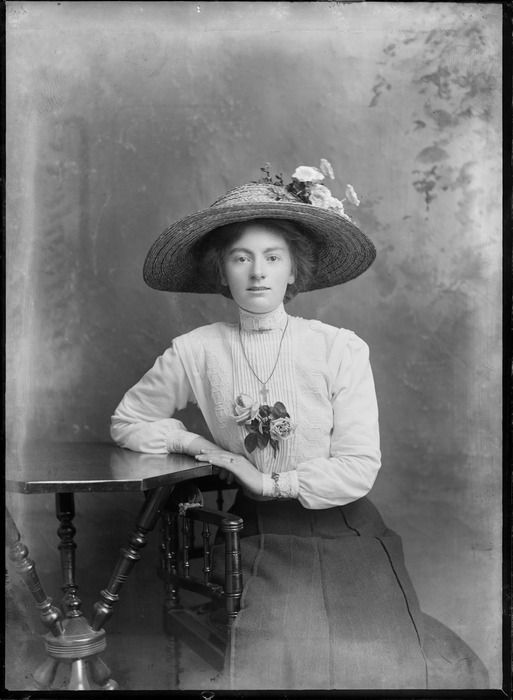
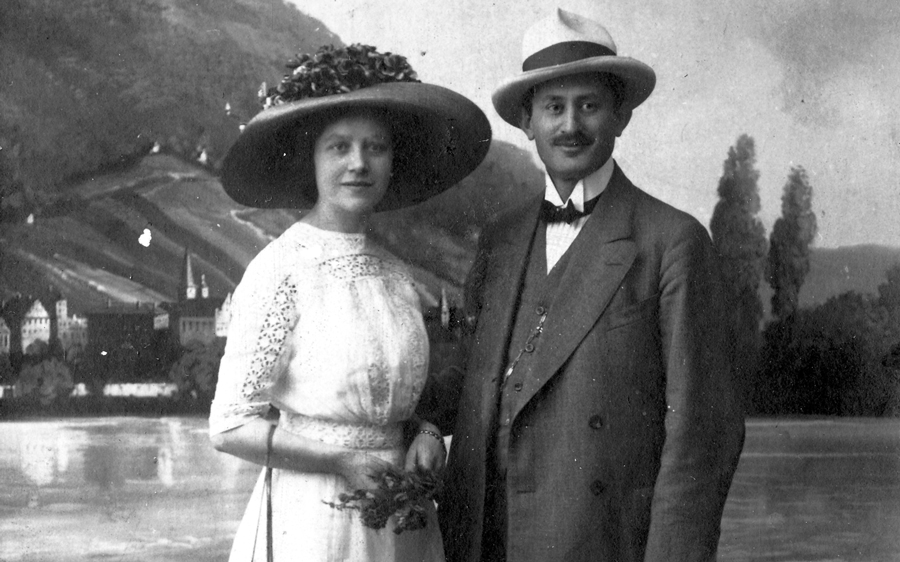
1930s: Sun hats big, bathing suits small (and the big straw hat is here to stay)
But as with the hiatus of the early 1800s, the large summer straw hat would only be absent temporarily. The 1930s brought the Golden Age of Hollywood, the popularity of the home swimming pool, and of course, the bikini. People were basking in the sun and women were ready to have their bodies seen, and their faces shielded. The large, floppy straw hat became a symbol of summer glamour that has in many ways lasted to this day.
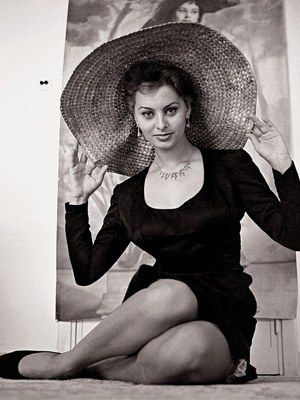
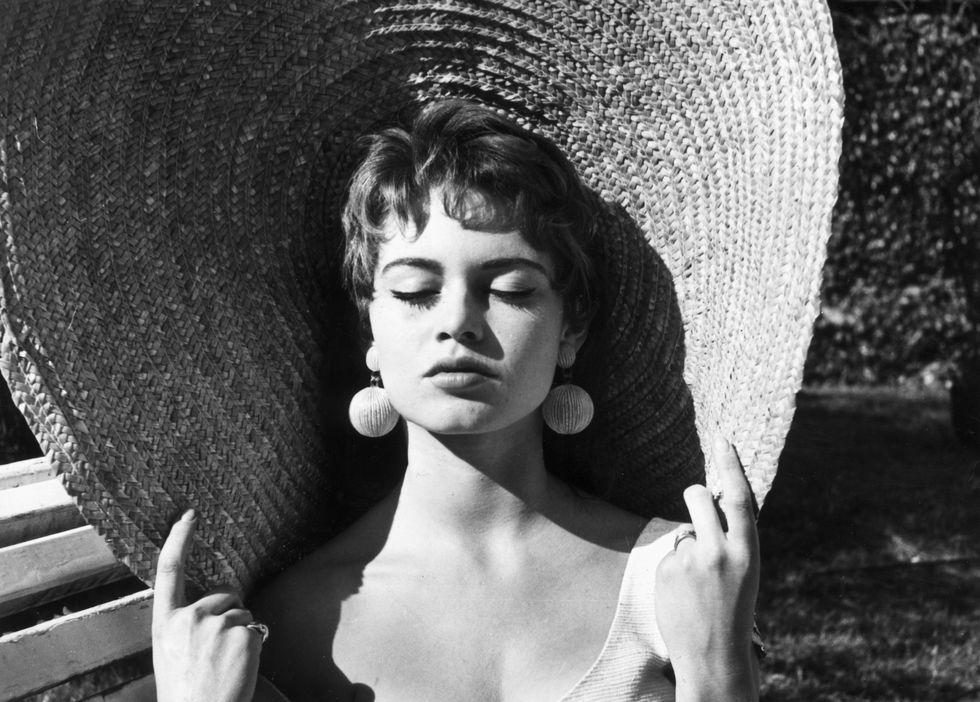
I theorize that celebrities and other women interested in style embraced the large straw hat as it gave them a way to be coy while also noticeable at the same time. What do you think?
You may also enjoy:
Go Big or Go Home: The Merry Widow Hat







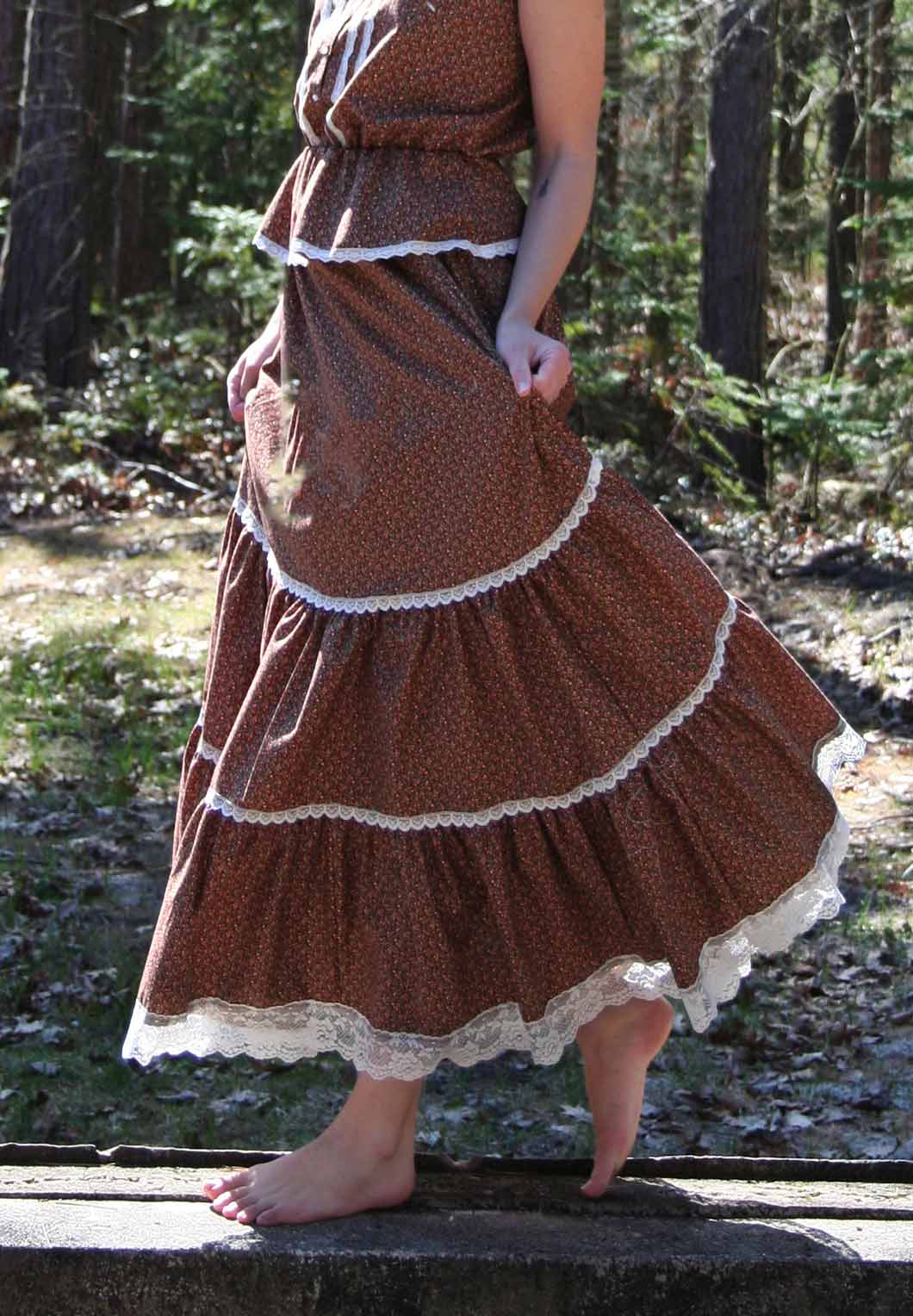
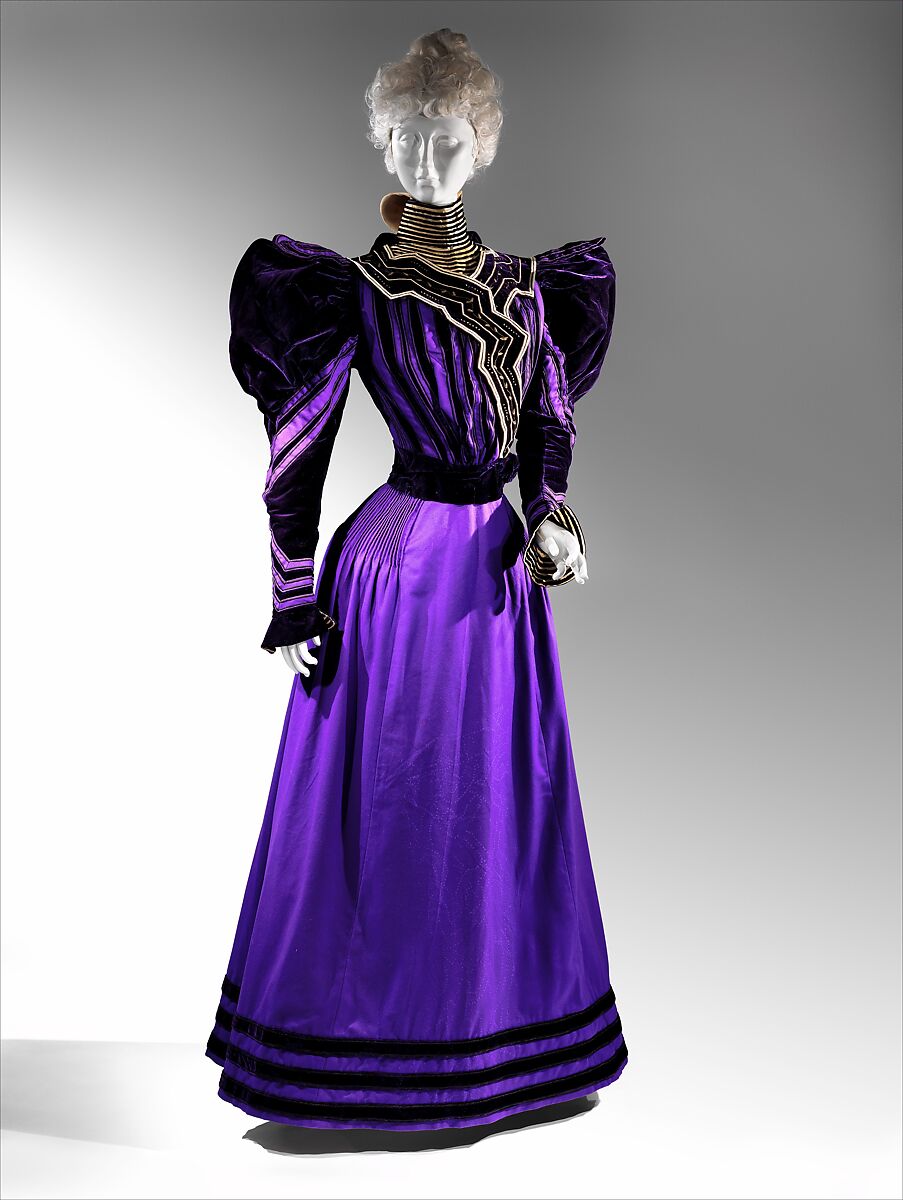

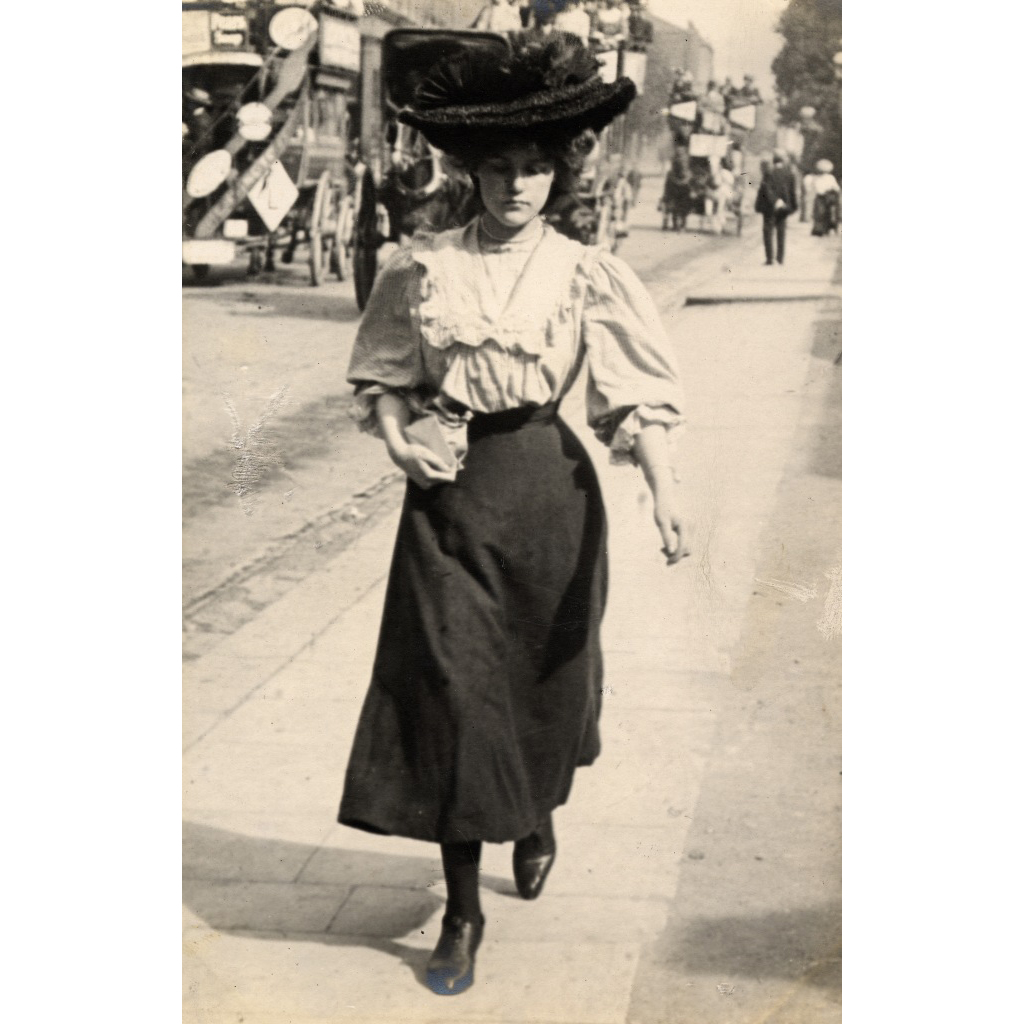
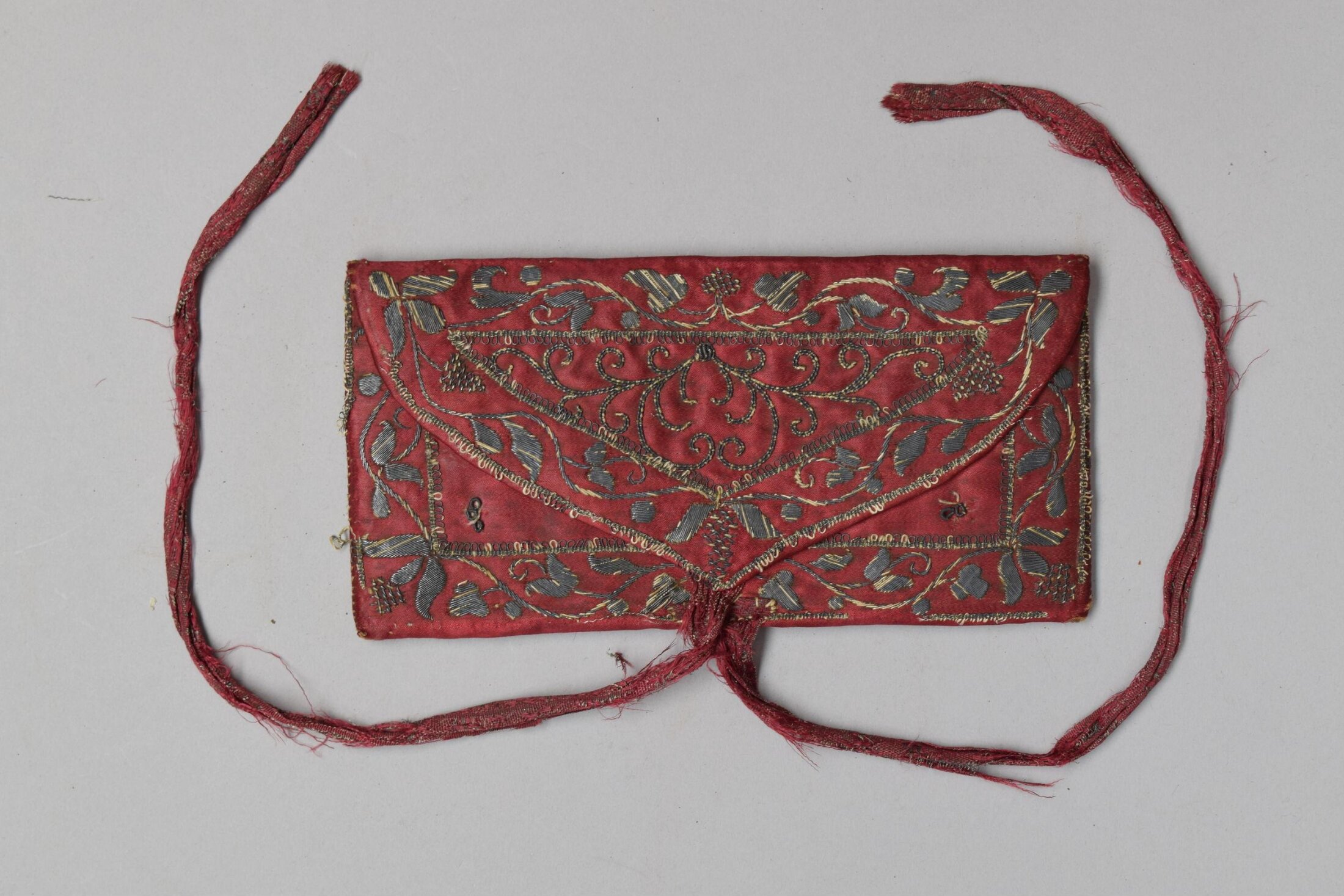
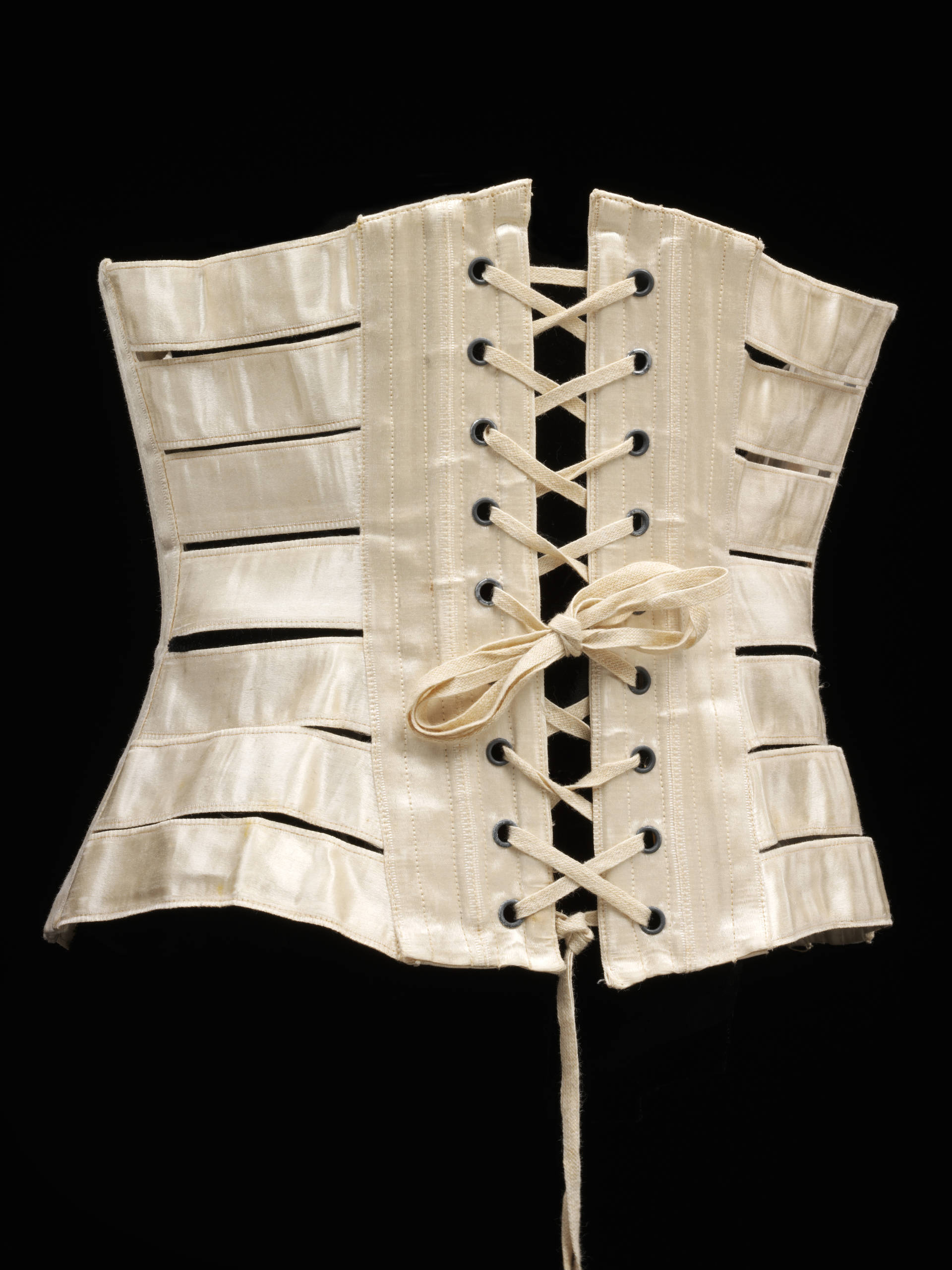
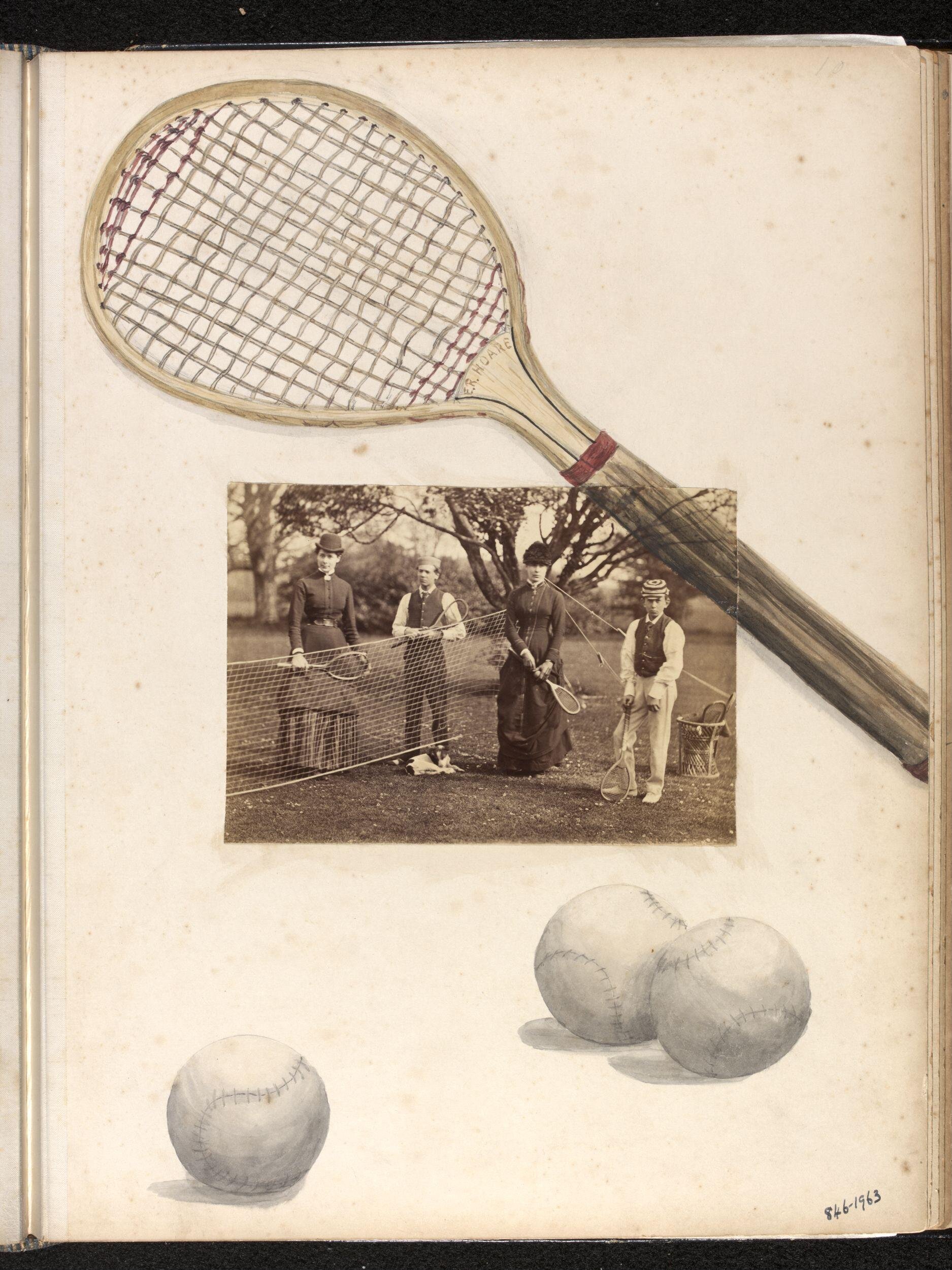
Leave A Comment